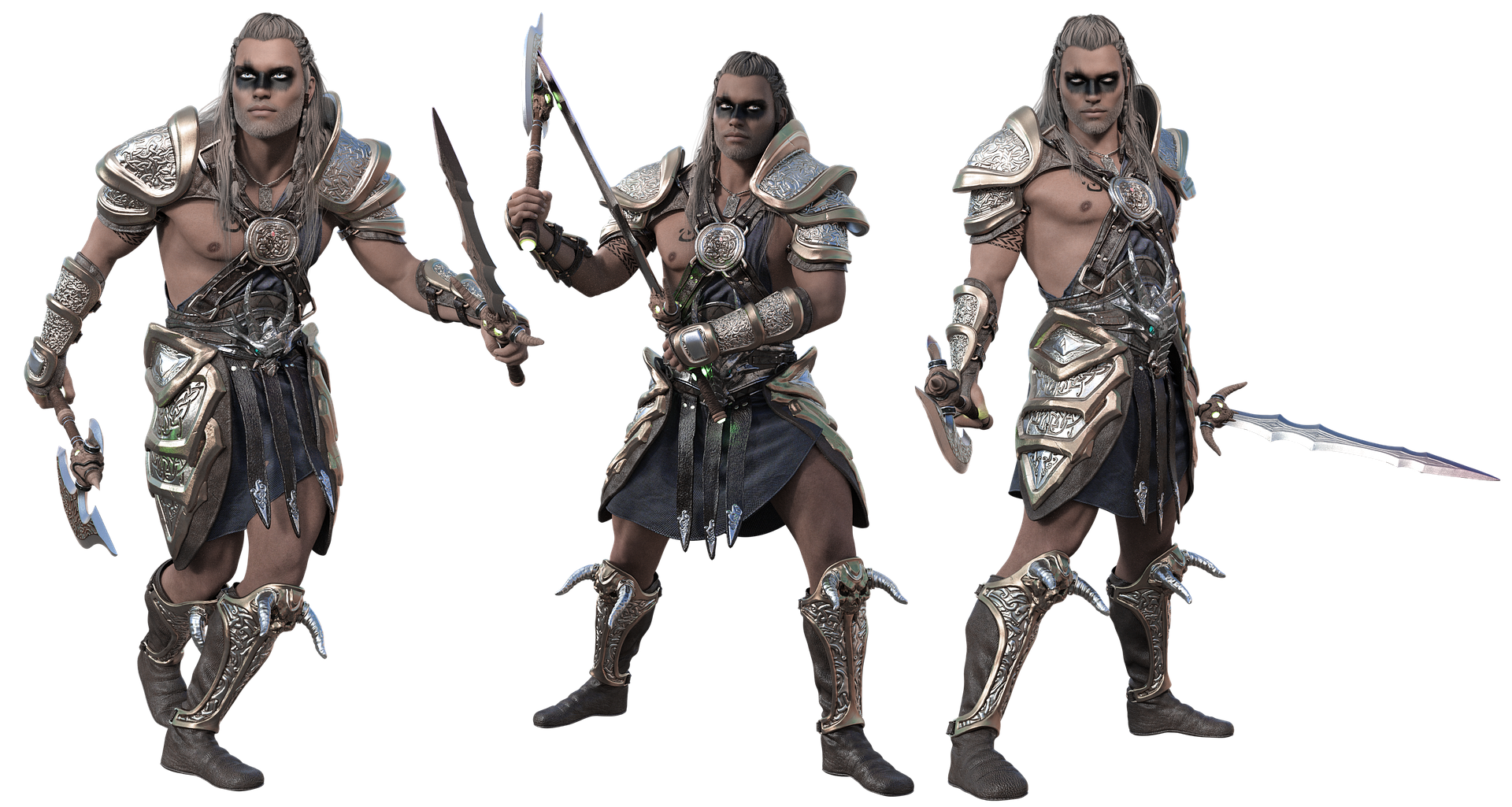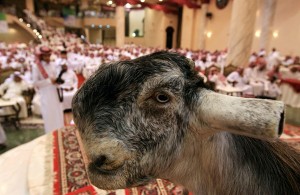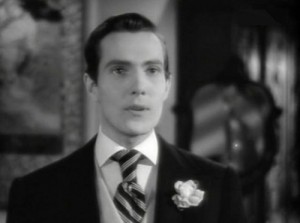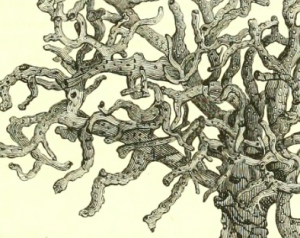Why Do We Remember the Vikings Only as Vicious Warriors?
The Vikings have become prominent figures in today’s popular culture, with their history and mythos providing inspiration to diverse forms of media and imagery. When people think of a Viking, they think of the iconic horned helmet, longboats and an insatiable appetite for war.
However, while the incontrovertible military prowess of Vikings continues to give them relevance in 21st century media, it doesn’t tell the whole story.
Vikings may appear in eclectic forms today, but their desire for battle is what underpins all of these characterizations. Perhaps the most notable example of Vikings in popular culture is the television drama bearing the same name, with the show renewed for a sixth season to continue to tell the story of Viking conquer. Even the more affectionate depiction in the How To Train Your Dragon series starts by portraying Vikings as battle-hungry warriors who prioritize fighting above all else. The same goes for popular mobile game Vikings: War of Clans for Android phones and tablets.
Sports teams have appropriated Vikings as emblems of their competitive nature, with the NFL side Minnesota Vikings choosing a stereotypical Viking warrior as their logo. This is what the Vikings have become, a race of warriors known exclusively for raiding and pillaging. When looking back on history and considering who the Vikings were, many people overlook that lots of Vikings were normal people who wanted to enjoy everyday life. As with all societies, there were Viking tradespeople, farmers and settlers.
Yet, the Vikings became defined by the expansionist forces who invaded territories in brutal fashion to secure resources, with the term ‘Viking’ itself translating to ‘raider’. It is interesting how Vikings have become more associated with bloodlust and fighting than the Romans, who conquered their way to an empire spanning over 5 million square kilometers.
As for the Saxons, the people who ruled Britain after the Romans and bore the brunt of Viking invasions, they rarely appear in popular culture. Perhaps it is because they lack the iconic gladiatorial elements of the Romans or the legendary appearance of Viking warriors, but Saxons are vastly underrepresented in popular media despite being highly influential in the development of Britain.
This Viking lacks a beard but has the classic helmet. Source: Pixabay.
Let us go back to that ‘legendary appearance’ of Viking warriors – because a legend is all that it is. Most people, if tasked with drawing a Viking, would start with either the horned helmet or a bushy beard. While the beard may well be accurate, Vikings never actually wore horned helmets in battle. For such a feared group of warriors, weighing themselves down with unnecessary horns would not make military sense.
Vikings did use horns but during another pursuit for which they are famous: drinking. History is usually written by the victors; perhaps if the Vikings had established more permanent conquests, they could have redirected the narrative. As it is, accounts of Viking invasions were written by monks in threatened lands, with these writers hardly likely to be flattering or nuanced when describing their foes.
All civilizations, whether ancient or modern, have a military story to be told. The same is true of their social side, but this side of the Vikings has been neglected. While their raiding and pillaging was shocking and brutal, it was no more violent than the systematic expansions of the empires that once ruled the world. While skewed perceptions of Viking warriors live on, those Viking farmers and tradespeople who wanted nothing more than a peaceful existence are widely forgotten.



















